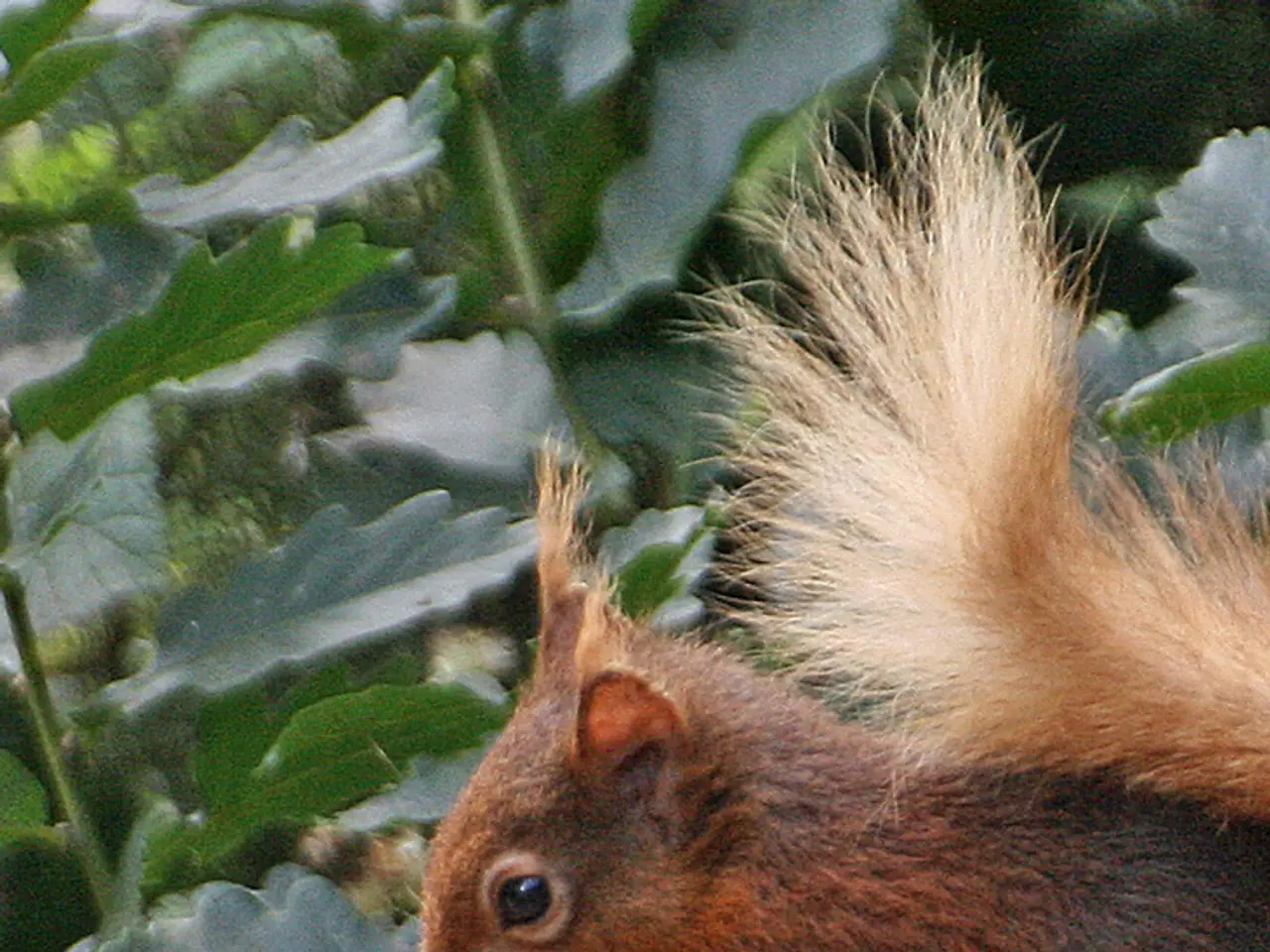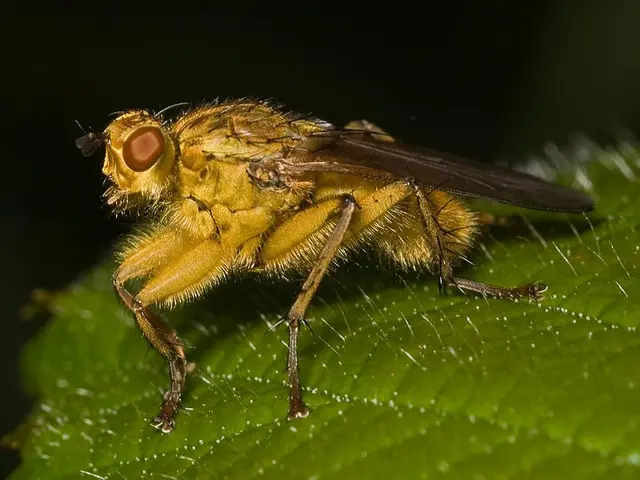Rapid Growth of Cilantro: Understanding Why Cilantro Bolts and Methods for Preventing It
Cilantro, also known as coriander, is a popular herb in many kitchens around the world. This article provides a guide on how to grow and care for cilantro effectively.
To start, cilantro seeds can be sown directly into the garden bed. Simply place the seeds, about a 1/4-inch (6mm) deep, cover them with soil, and wait for them to sprout. For optimal conditions, cilantro does best when grown during the shoulder seasons, such as early spring and late summer.
When it comes to transplanting cilantro seedlings, it's best to wait until they have developed a couple of sets of true leaves. Watering them regularly and providing shade during the hottest part of the day can extend their life in hot weather.
Mulching around cilantro plants can help keep the soil cooler and retain moisture, delaying bolting. Pruning cilantro frequently can also help prolong the harvest, but it will still eventually bolt.
Cilantro bolts and produces flowers and seeds as a survival mechanism when temperatures heat up in late spring or summer. However, regularly harvesting cilantro leaves can slow down the bolting process. It's important to note that cilantro's flowers are edible but lack flavor compared to young leaves.
Before planting cilantro seeds, it's beneficial to soak them in water for 24 to 48 hours, then dry them. Cilantro seeds are ready to harvest when the husk turns brown. To prepare coriander seeds for cooking, dry them in the oven on a low heat until they're crumbly, then grind them into a powder.
Cilantro prefers cooler growing conditions, with soil temperatures below 75 F (24 C) to avoid bolting. In Germany, cilantro plants are cultivated mainly because they thrive in loose, nutrient-rich soils with a pH between 6.0 and 7.0 and prefer sunny to partially shaded locations. They are grown for culinary use and can be sown from early spring to late summer, adapting to the climate despite tending to bolt in high heat and dryness.
Slow bolting cilantro varieties, such as Slow Bolt, Calypso, and Leisure, tolerate heat better and bolt later. Pruning immature flower stalks can also delay bolting in cilantro plants.
Succession planting cilantro every couple of weeks can ensure a continuous harvest throughout the growing season, as each plant has a short season. With these tips, you can enjoy fresh cilantro in your dishes all year round.






